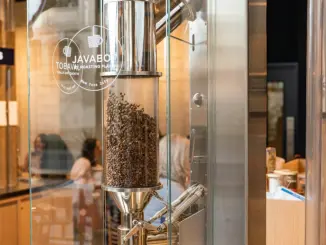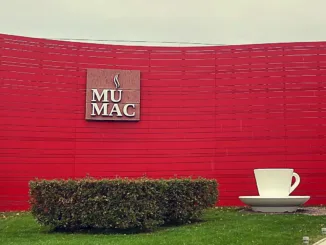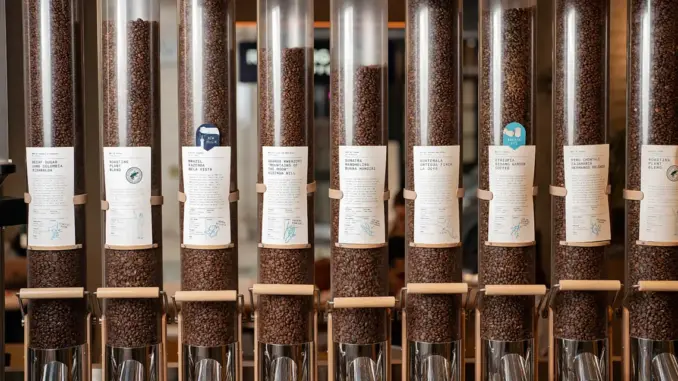
We continue our look at the barista’s role in an automated coffee landscape.
BY VASILEIA FANARIOTI
SENIOR ONLINE CORRESPONDENT
Featured photo courtesy of Roasting Plant
In part one of this article, we discussed the tension between human artistry and the introduction of advanced technology in the coffee-making process. Today, we’ll discuss the seemingly contradictory concepts of automation and human interaction.
One company that is making waves in the field of automation while including baristas in the conversation is Eversys, which has a mission to create ”true espresso with a touch” by seamlessly integrating technology and traditional barista techniques.
The company has established a global ambassadors program, partnering with renowned professionals like Boram Um and Dale Harris, both World Barista Champions. In a recent press release, current World Barista Champion Boram shared his thoughts on automation. ”I firmly believe that automation in the coffee industry is the future for coffee professionals,” he said. ”Automation ensures consistent quality while allowing us to focus on the variables that truly matter. This partnership with Eversys, known for its quality and automation, will enable me to craft tailored coffee experiences while enhancing the entire coffee journey, from farm to cup.”
This echoes the thoughts of Jamie Robertson, CEO of Roasting Plant, from part one of this story, on how the company’s Javabot Coffee System affords baristas the opportunity to take on an additional role: advising consumers on taste profiles and helping them curate their experience.
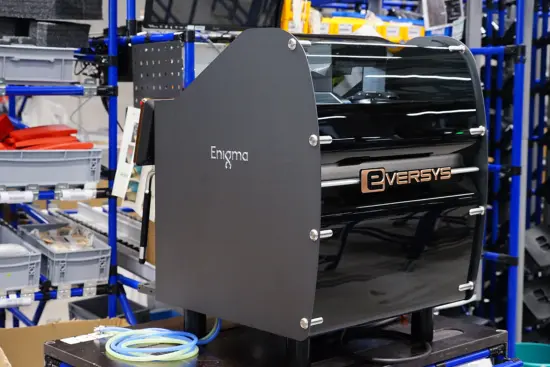
It’s true that with the help of automation, baristas have the opportunity to engage more deeply with customers, providing education on different coffee varieties, brewing methods, and flavor profiles. This shift toward a more interactive and personalized customer experience could potentially foster a stronger connection between the barista and the customer, enhancing the overall coffee-shop experience.
A Glimpse into the Future Café Landscape
Transitioning to this new paradigm may not be without challenges. Automating processes like roasting, grinding, and brewing can alter the dynamics of the coffee industry in unforeseen ways. Concerns may rise about the potential loss of the artistry and personal touch that baristas bring to the coffee-making process. Additionally, the introduction of such advanced technology will most likely lead to a reduction in the demand for manual labor, potentially impacting employment opportunities for skilled baristas.
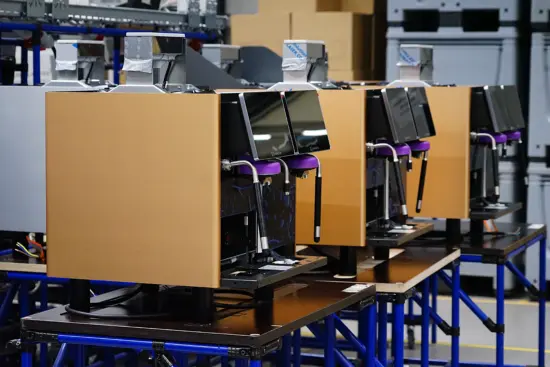
Drew Dennehy, co-founder of Three Coffee Roasters in Dubai, UAE, offered his insight on what the future of cafés may look like. “It may automate beverage preparation to cut costs, contingent on consumer acceptance and decreasing technology expenses,“ he says. “As tech costs drop, traditional, human-staffed cafés may dwindle, becoming exclusive venues for elite clientele. Integrated supply chains, linking cafés with roasteries, could offset higher labor expenses. While current daily coffee rituals value human interaction, there may be a shift towards seamless, people-free ordering experiences.”
While such a view may seem pessimistic for traditional cafés, it underscores a potential reality where automated beverage preparation becomes the norm. Indeed, the intersection of automation and the coffee industry presents a complex narrative. Automation promises efficiency, consistency, and enhanced customer experiences. But it also triggers concerns about losing the personal touch, the artistry of coffee-making, and potential job displacement for skilled baristas.

Technology Changing Expectations
Insights from industry leaders like Roasting Plant and Eversys indicate a harmonious integration of technology and human expertise, emphasizing the augmentation rather than the replacement of barista roles. However, Drew’s view also prompts reflection on the broader societal shifts in how we engage with daily rituals. What is the role of human interaction in the coffee experience?
As we stand on the precipice of this coffee industry evolution, it becomes evident that the future lies in a synthesis of technology and tradition.
The challenge is not merely to embrace automation, but to ensure that it enhances, rather than diminishes, the artistry and personal touch that make the coffee experience truly special. The journey ahead involves defining a future where the hum of machines and the warmth of human connection coexist harmoniously in our coffee rituals.
ABOUT THE AUTHOR
Vasileia Fanarioti (she/her) is a senior online correspondent for Barista Magazine and a freelance copywriter and editor with a primary focus on the coffee niche. She has also been a volunteer copywriter for the I’M NOT A BARISTA NPO, providing content to help educate people about baristas and their work. You can follow her adventures at thewanderingbean.net.
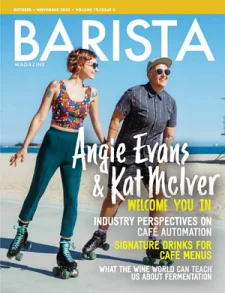
READ THE LATEST BARISTA MAGAZINE
Out now: It’s the October + November 2023 issue of Barista Magazine! Read for free with our digital edition. And for more than three years’ worth of issues, visit our digital archives here.
Get a hard copy of the magazine through our online store, or start a subscription for one year or two.


